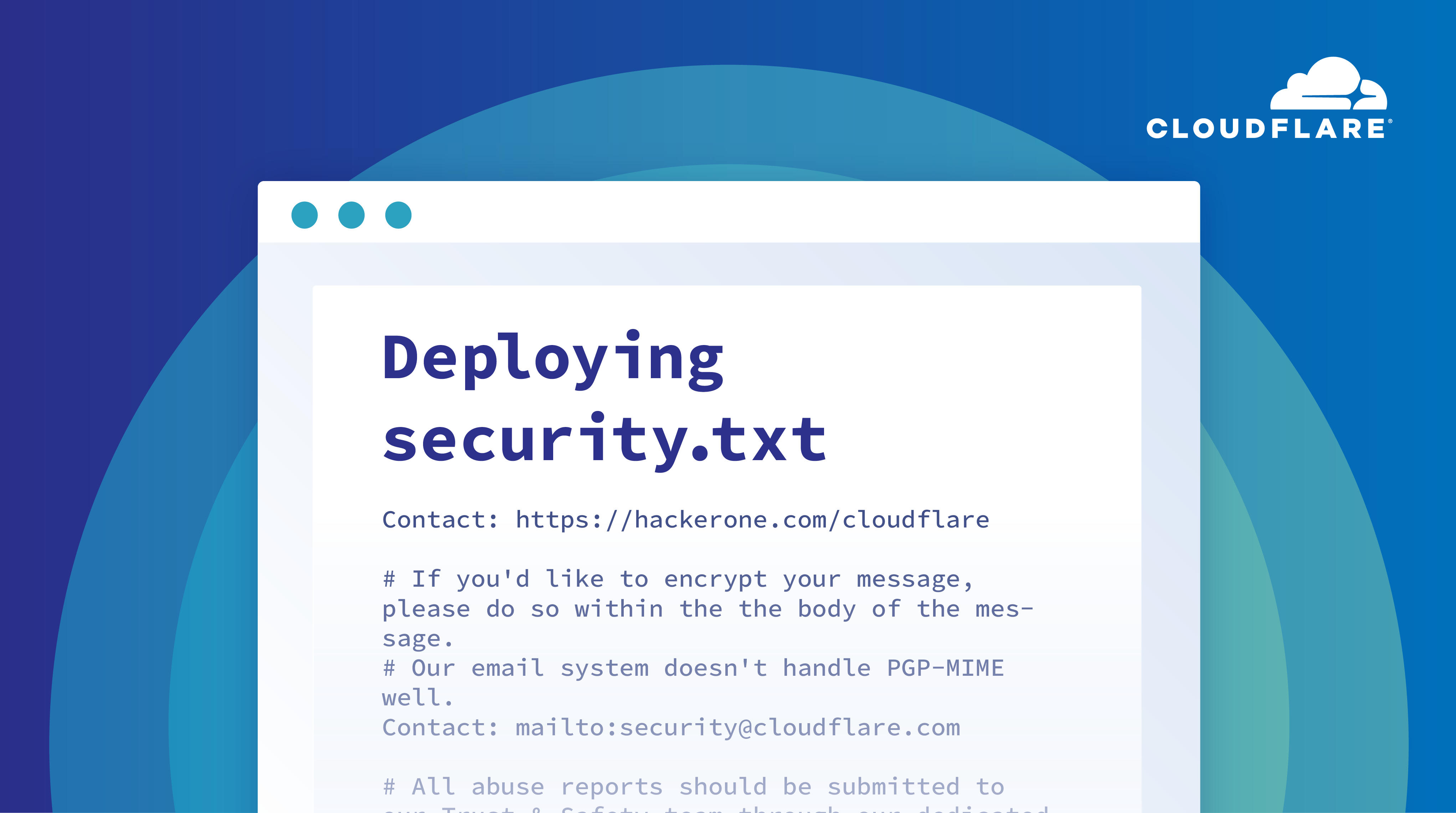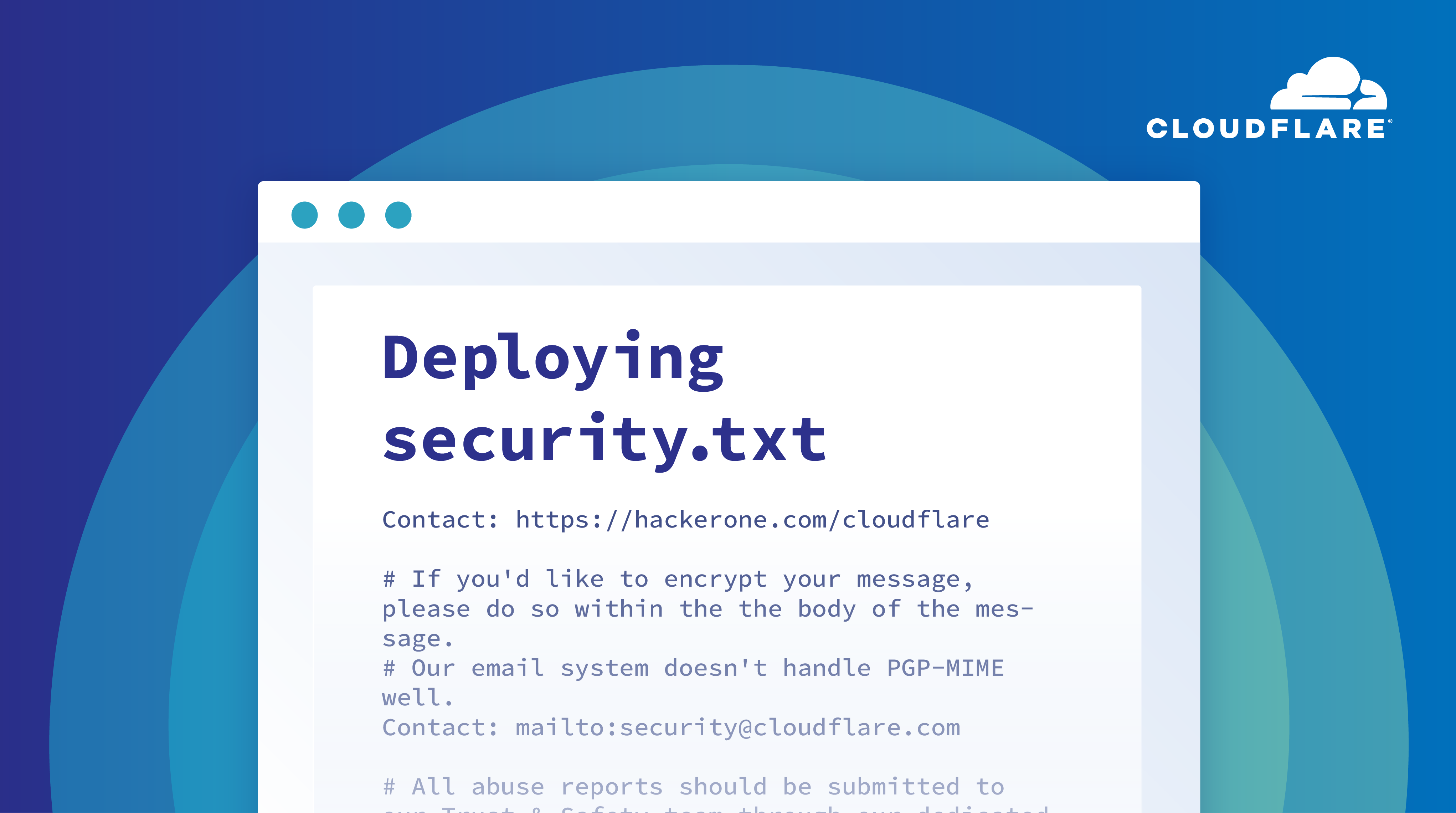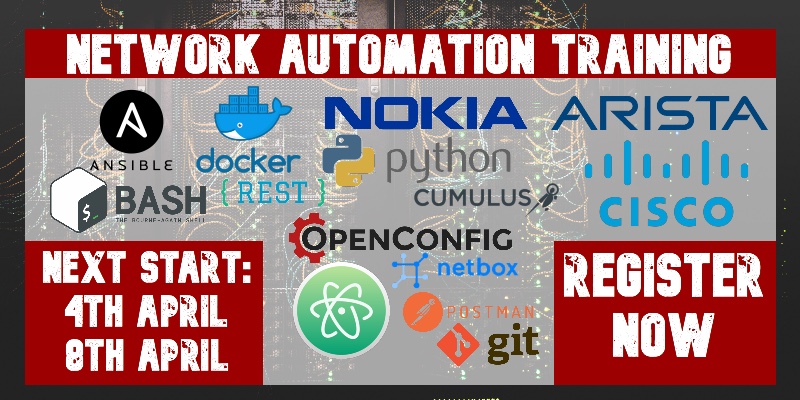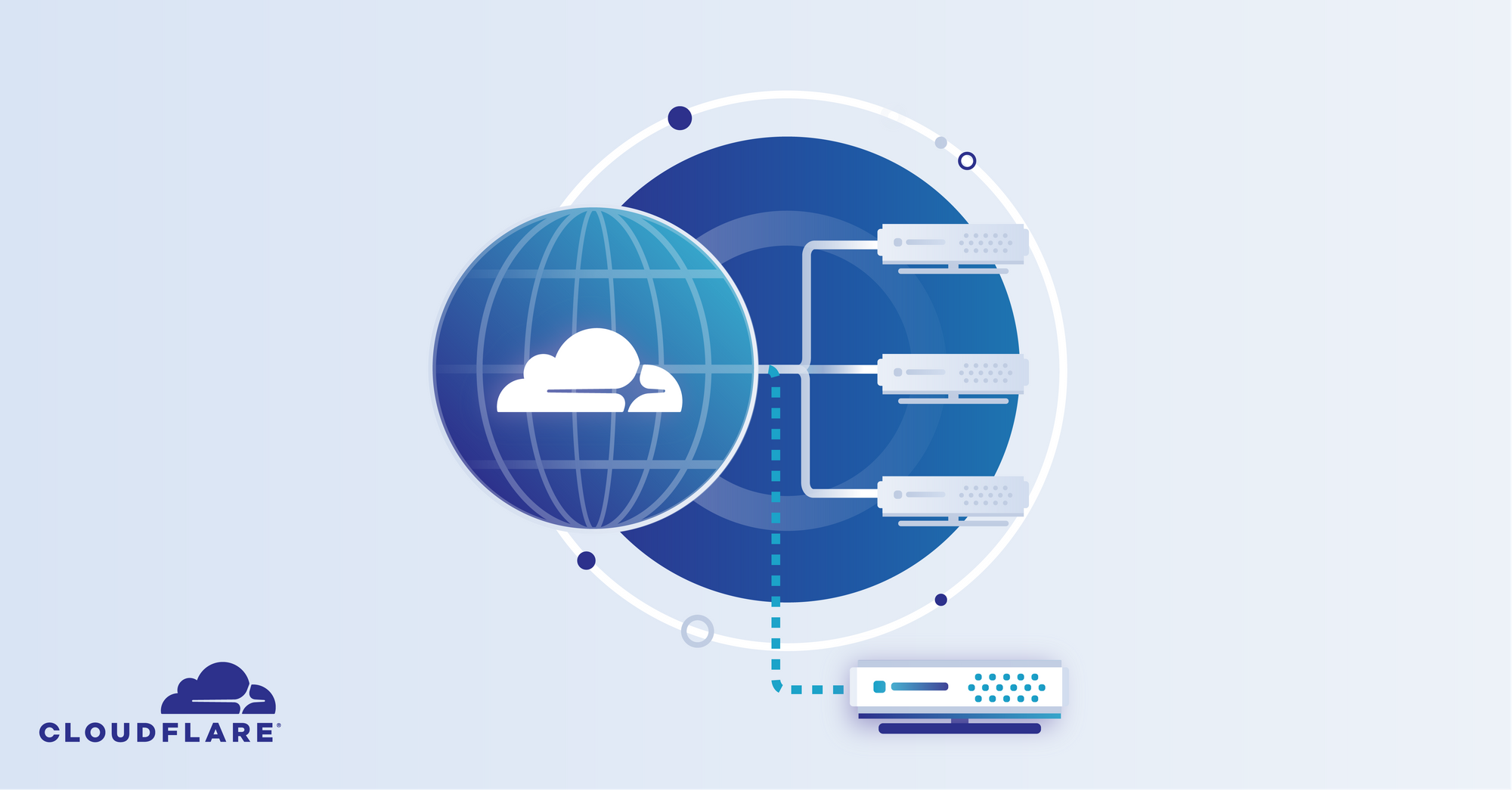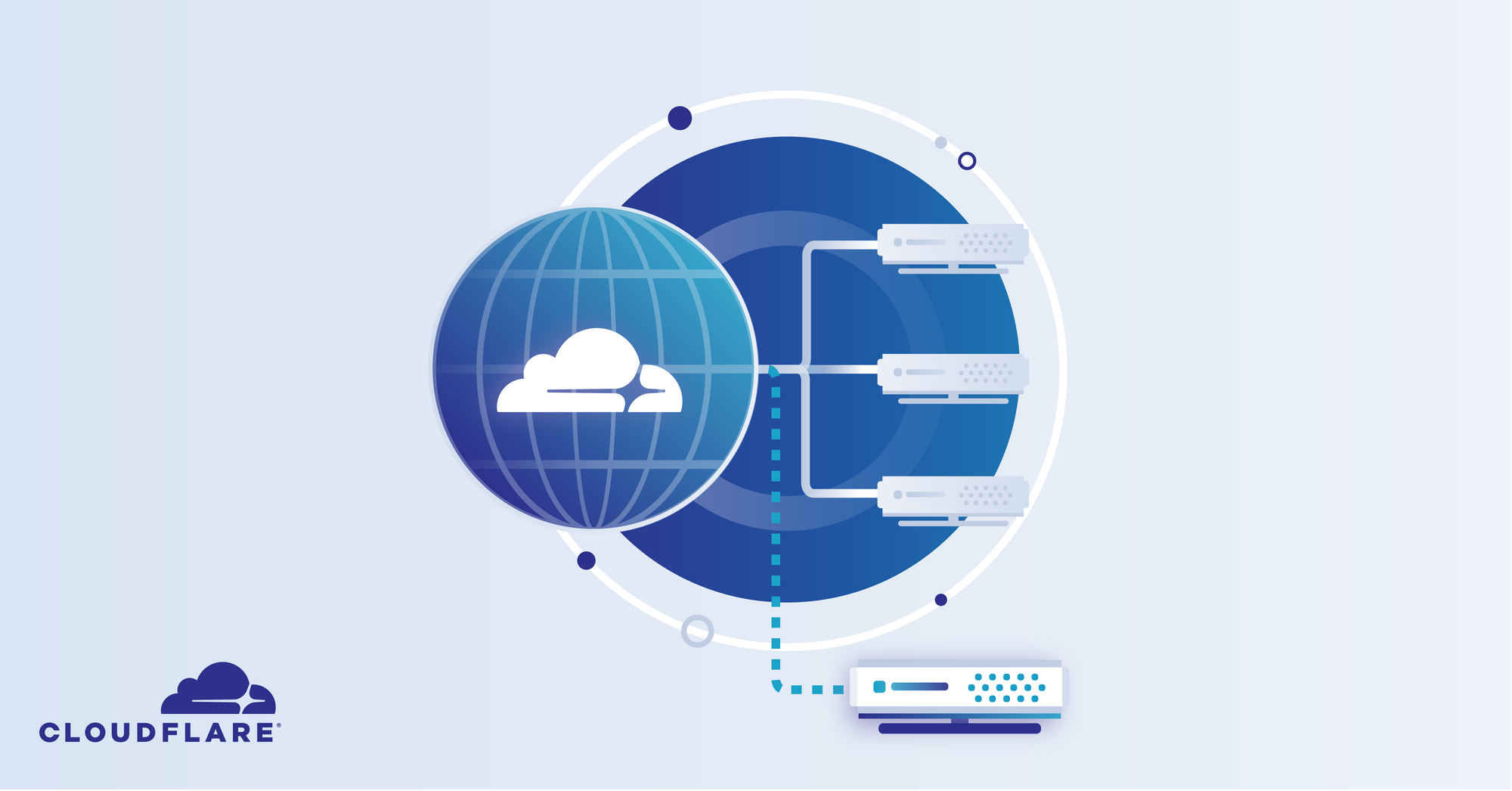Network Break 276: Cisco Extends Certification Renewals; EU Asks Streaming Services To Reduce Bandwidth
On today's Network Break we check in on the health of the global Internet as more and workers go remote, Cisco extends the lifetime of professional certs, the EU asks streaming services to throttle back on bandwidth, some debt-laden tech companies see share prices plunge, and more.
The post Network Break 276: Cisco Extends Certification Renewals; EU Asks Streaming Services To Reduce Bandwidth appeared first on Packet Pushers.

